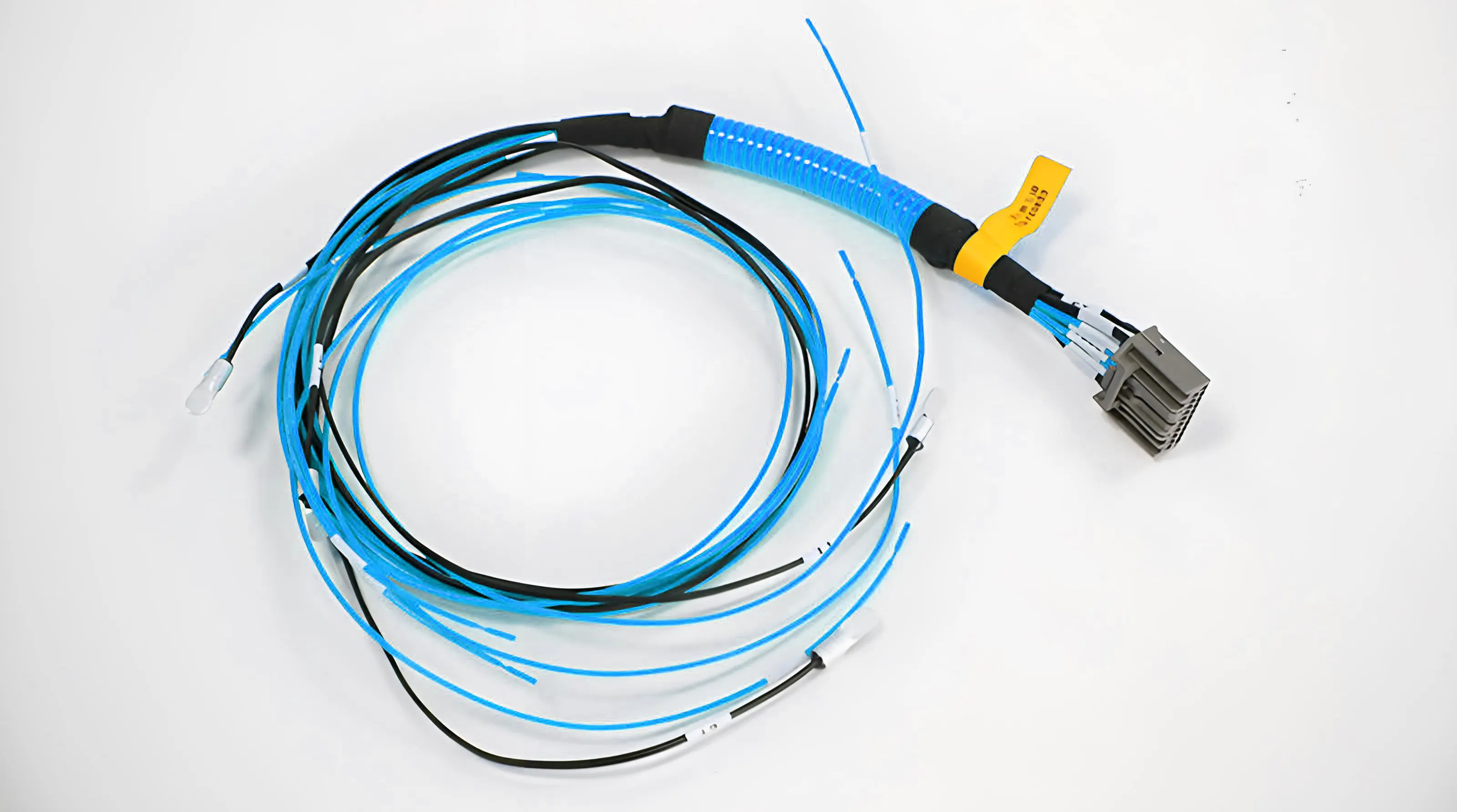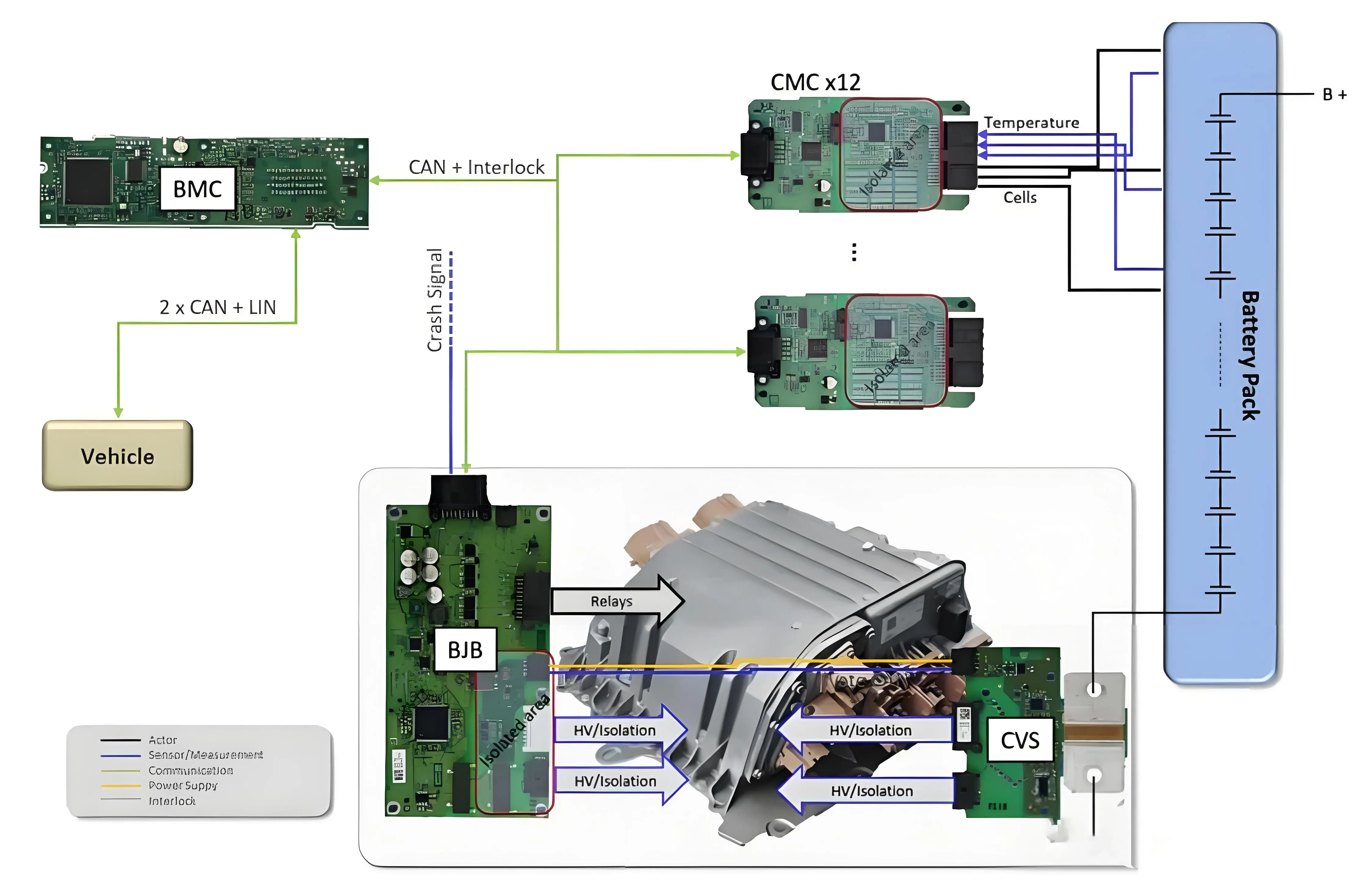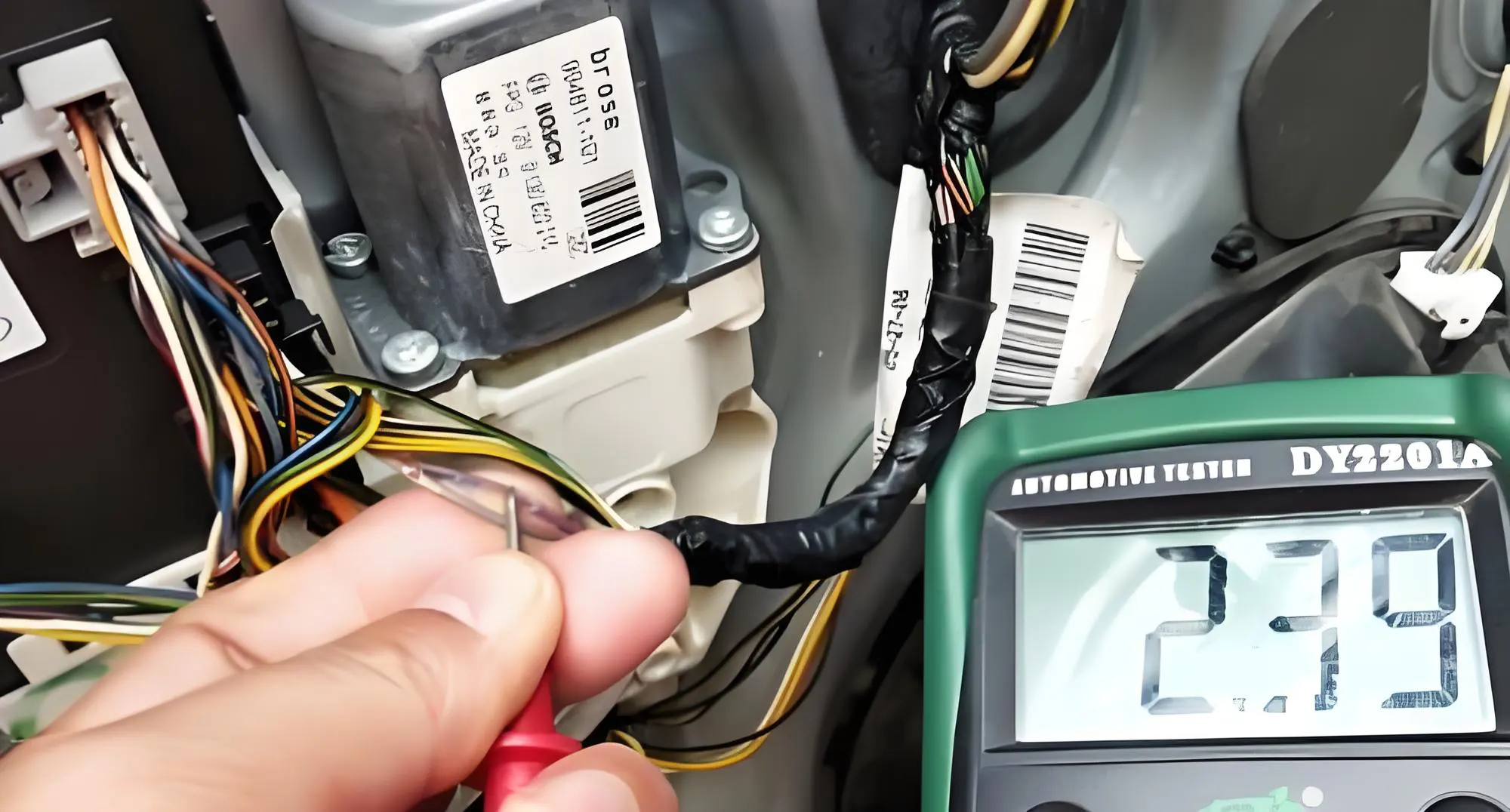What is a BMS Harness?
BMS (Battery Management System, BMS) harness is a wiring harness system used to connect the various parts of a battery pack and transmit electrical signals and power.
BMS harnesses play a vital role in electric vehicles, power tools, and other devices that require a battery management system.
They are one of the key elements that ensure the proper functioning of the battery pack and provide reliability.

The main function of the BMS wiring harness is to connect the battery pack to the main BMS control unit and to transmit signals and electrical energy.
They play a role in transmitting information from the battery pack to the BMS, such as the voltage, temperature, and current of the battery pack.
The BMS wiring harness also transmits the commands sent by the BMS master control unit to the battery pack to perform specific operations, such as charging, discharging, balancing, and so on.
Therefore, the BMS wiring harness is an important bridge between the battery pack and the BMS.

The design of the BMS wiring harness takes into account a variety of factors, including electrical characteristics such as voltage and current, as well as temperature and mechanical characteristics.
To ensure reliability and safety, BMS harnesses usually consist of high-quality wires, insulation materials, and connectors.
The selection of conductors should be based on the current requirements to ensure that the required amount of electrical energy can be transmitted. Insulation materials should be resistant to heat, corrosion and abrasion to ensure the long-term reliability of the harness under various environmental conditions.
The choice of connectors should be waterproof, corrosion-resistant and have good electrical connection properties to ensure the stability and reliability of the connection.
The layout and connection of the BMS wiring harness also need to be carefully designed.
There may be several battery modules and sensors in the battery pack, which need to be connected together through the wiring harness and connected to the BMS master control unit.
Therefore, the layout and connection of the wiring harness should be reasonable and simple to minimize the length and weight of the wiring harness and reduce the risk of signal interference and power loss in the wiring harness.
In addition, the layout of the wiring harness should also take into account the overall structure of the battery pack, heat dissipation and maintenance requirements.

To ensure the safety and reliability of the BMS system, the BMS wiring harnesses also need to undergo rigorous testing and verification.
These tests include the electrical characteristics of the harness, heat resistance, corrosion resistance, mechanical strength, and the reliability of the connectors.
Only through these tests can we ensure that the BMS wiring harness will function properly under all operating conditions and provide accurate and reliable data and control.

In conclusion, BMS wiring harnesses are an integral part of the battery management system.
They undertake the important task of connecting the battery pack to the BMS master control unit, transmitting electrical signals and power.
In order to ensure the safety and reliability of the BMS system, the design, layout and connection of the BMS wiring harnesses need to be carefully considered and undergo rigorous testing and verification.
Only in this way can it be ensured that the BMS wiring harness performs its function under various operating conditions and provides reliable power management for the battery pack.
Recent Posts
2025-04-03 09:42:46
Quality control standards for wire harnesses
2025-04-02 10:50:47
What is UL Standard?
2025-04-02 08:57:29


